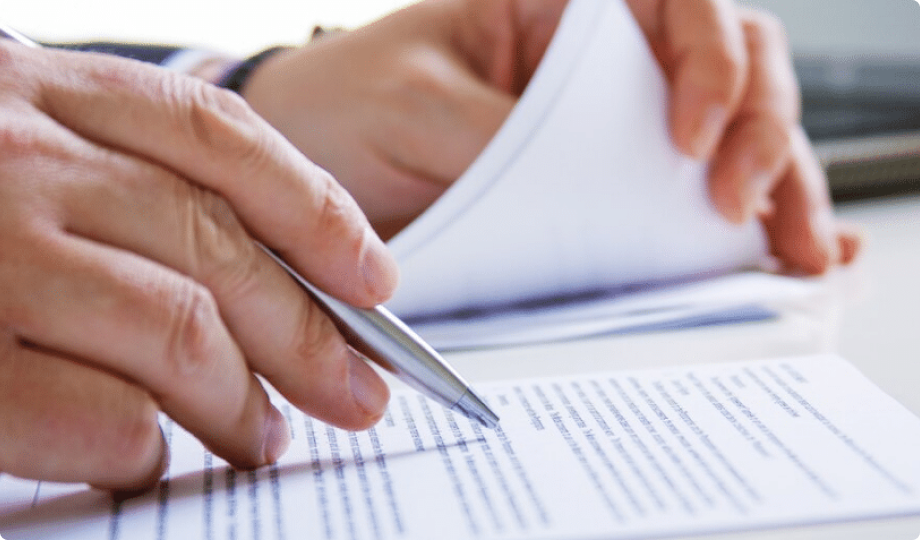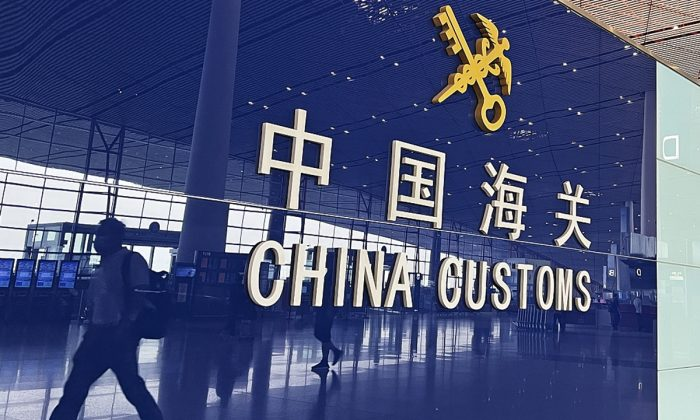Introduction to the technical file
Importing products into the European Union (EU) involves a series of requirements and procedures that manufacturers (it is important to clearly understand the definition of manufacturer) must comply with to ensure the safety and quality of their products. In this context, the technical file and technical documentation play a fundamental role.
The technical file is a set of documents that provides detailed information on the design, manufacture, and operation of a product. It is essential for demonstrating compliance with requirements and applicable regulations in the EU market. From product conception to marketing, the technical file records each stage of the process, ensuring traceability and transparency at all stages of production.
On the other hand, the technical documentation comprises the documents necessary to support the product’s compliance with EU standards and regulations. This documentation includes a variety of information, such as technical specifications, test results, declarations of conformity, and more. It is essential for obtaining the CE Marking, which indicates that the product meets the legal requirements for marketing in the EU.
The preparation of the technical file and technical documentation must be carried out before the product is placed on the market. This involves collecting and organizing all relevant information about the product, from its initial design to the results of conformity tests. In addition, it is crucial to keep it for at least ten years after its introduction on the market.
Will customs require me to provide technical documentation for the product?
The short answer to this question would be no, but it needs to be clarified to avoid the temptation not to do it or not to do it correctly.
In general, European Union customs authorities do not usually require technical documentation when importing products. Their main function is to verify the correct customs declaration, ensure that import requirements are met, and collect applicable customs duties and taxes. They usually check the legitimacy of the product by requesting only the declaration of conformity and some tests in more specific cases. Although it is true that on rare occasions (a small percentage), we have encountered requests for technical documentation at customs, such as the SDS.
However, it is important to note that technical documentation may be requested by other competent authorities once the product is on the European Union market. For example, market surveillance authorities may require this documentation as part of their control and supervision activities to ensure that products comply with established safety and quality requirements. Similarly, customs authorities themselves may request some of the technical documentation if they have indications of non-compliance with regulations or any doubts about the customs declaration.
Technical Documentation Requirements for CE Certification
Importing products into the European Union requires compliance with a series of regulatory requirements, among which technical documentation plays a crucial role. This documentation, which ranges from the technical file, including the EU Declaration of Conformity, is essential to demonstrate that products comply with the standards and regulations applicable in the European market and that the product’s conformity has been correctly declared in order to obtain the CE marking or CE certificate, if required.
Preparation and Presentation
Before placing a product on the market, manufacturers must prepare and have available the technical documentation. This must be available from the moment the product is marketed and must be kept for at least ten years after it has been placed on the market. In addition, the documentation must be submitted to the market surveillance authorities upon request.
Contenido del Expediente Técnico
The contents and complexity of the file or technical documentation will always depend on the product we are working with, although we can generalize a series of documents that will form part of our file:
- Name and address of the manufacturer or authorized representatives: This point about the authorized representative is important.
- Detailed description of the product.
- Unique identification of the product: This can be a serial number, batch number, or similar.
- Details of the design and manufacturing facilities.
- Declaration of the conformity assessment procedure: For this step, we must refer to the regulations applicable to our product, which will establish the procedure we must follow for conformity assessment.
- Information on notified bodies: If a notified body must participate in the conformity assessment, this must be reflected in this point.
- Declaration of conformity with the relevant regulations.
- Identification of applicable technical standards: It should be noted that technical and harmonized standards are not mandatory unless specified by a standard, and for this we must again refer to the specific regulations for the product in question.
- Label and instructions for use.
- Results of tests carried out.
- Identification of possible risks associated with the product.
- List of parts: A list of the components used in the manufacture of the product.
Importance of Translation and Updating
It is essential that technical documentation be available in the required language of the EU country where the product is marketed. There is also the possibility that the competent authority, if requesting documentation from us, may ask us to provide a translation prior to delivery. Furthermore, this documentation must be up to date and reflect any changes in design, manufacturing, or regulatory standards.
Declaration of conformity
The Declaration of Conformity is a super important document in making sure stuff meets European standards and rules. Even though this document is key, it’s important to know that it doesn’t on its own make a product compliant with European rules; instead, it’s part of the technical file, which is a bunch of essential documents that show the product is compliant.
The Declaration of Conformity is issued by the manufacturer or their authorized representative and attests that the product complies with the essential requirements set out in EU legislation. This document must include detailed information about the product, such as its name, model, serial number, and an explicit statement that it complies with applicable standards and regulations. In addition, the Declaration of Conformity must be accompanied by the signature of the manufacturer or their authorized representative, thus confirming responsibility for regulatory compliance.
The signing of the Declaration of Conformity should not be taken lightly, as it implies the assumption of responsibility by the manufacturer or their authorized representative. By signing this document, the manufacturer is explicitly declaring that the product complies with the essential requirements established in EU legislation and that they undertake to comply with all legal obligations related to its marketing in the European market.
It also has significant legal implications. By signing this document, the manufacturer accepts legal responsibility for the conformity of the product and undertakes to respond to any breach of European regulations. This means that the manufacturer may be subject to legal action if the product is found not to comply with the established requirements.
At Zertify & Comply, we understand the complexity and importance of complying with the rigorous technical documentation and declarations of conformity requirements for importing products into the European Union. Our services are designed to provide you with the assistance and support you need to ensure that your products comply with all European standards and regulations.
If you have any questions about the regulations applicable to your product, the preparation of technical documentation, or the validity of your tests or laboratory trials, please contact us and we will be happy to help you.



